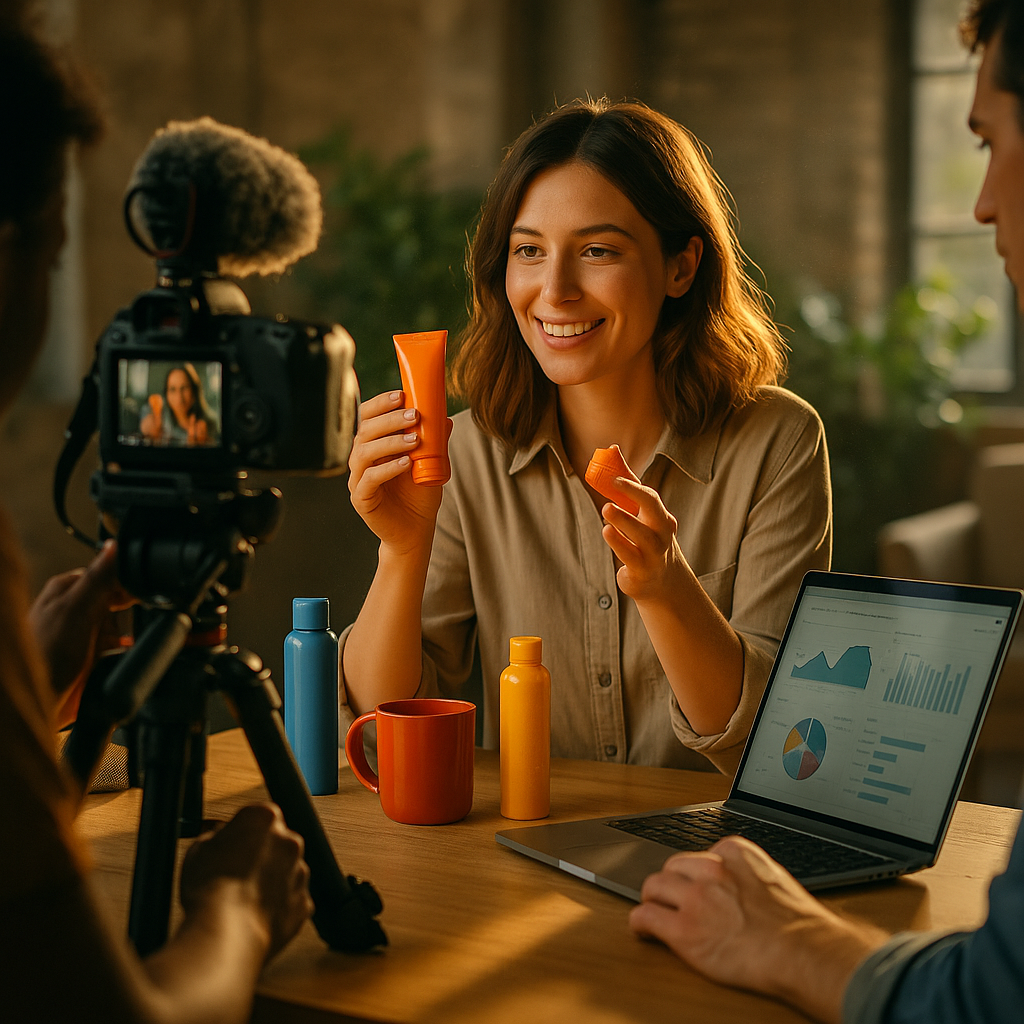As “brand as creator” strategies surge in 2025, companies are finding innovative ways to outmaneuver individual influencers. By leveraging in-house content, real-time engagement, and modern storytelling, brands can drive their narratives and cultivate loyalty. But how are these brand creators beating influencers at their own game? Let’s explore the tactics and the future of creator marketing.
The Rise of Brand as Creator: Transforming Digital Marketing
Brands no longer depend solely on external creators to gain online attention. The surge in “brand as creator” approaches shows companies are producing original, entertaining, and informative content, matching—and often surpassing—influencer reach. According to a recent Statista survey, 62% of marketers in 2025 have in-house creator teams, up from 48% in 2023. Brands now own their narratives, ensuring message consistency, compliance, and authentic representation. This transition empowers companies to nurture loyal communities and respond directly to audience feedback.
Content Authenticity: Why Audiences Trust Brands Over Influencers
Content authenticity stands at the heart of the brand as creator movement. Audiences in 2025 crave genuine experiences and knowledge, not just product placements. Companies invest in:
- Behind-the-scenes storytelling: Sharing real employee moments and brand journeys
- Unfiltered product demos: Showing products in practical, relatable scenarios
- Direct interaction: Responding transparently to user queries and feedback
Consumers appreciate when brands showcase expertise, sense of mission, and openness. This trust-building approach fosters loyalty and distinguishes brands from one-off influencer endorsements.
In-House Creator Teams: The New Powerhouses of Content Production
As companies evolve, building in-house creator teams has become essential. These teams combine marketers, designers, videographers, and technical experts to produce high-impact content at scale. Key advantages include:
- Consistent branding: Every piece of content aligns with the brand’s tone and messaging
- Agility: Fast reaction to trends and real-time engagement with audiences
- Expertise: Internal talent understands the nuances of brand values and customer expectations
Such collaborative environments foster innovation and enable brands to test creative ideas quickly, minimizing approval bottlenecks. The result? High-quality, trustworthy content delivered at the speed of culture.
Data-Driven Storytelling: The Competitive Edge Over Influencers
Brands leverage advanced analytics and AI to shape their content for maximum impact. Unlike most influencers, companies have robust access to first-party data and deep consumer insights. In 2025, leading brands outperform competitors by:
- Using AI-driven trend analysis to inform topics and content formats
- Hyper-personalizing videos and stories based on audience preferences
- Measuring real ROI through integrated analytics dashboards
This data-driven approach enables continual content optimization and ensures resources focus on strategies that actually convert. Brands using these tactics show higher engagement rates and improved ROI compared to influencer-only approaches, according to a 2025 HubSpot marketing report.
Community Building: From Passive Audiences to Brand Advocates
The strongest brand creators nurture communities, turning passive followers into passionate advocates. Strategies include:
- Launching branded online forums and exclusive channels (Discord, WhatsApp, private groups)
- Involving audience members in co-creation through UGC campaigns and interactive polls
- Organizing live streaming Q&As, webinars, and digital events hosted by brand experts
These efforts help brands forge deep, two-way relationships, driving higher retention and word-of-mouth acquisition. Community-centric brands foster belonging and address concerns swiftly, cementing their reputation as trusted industry leaders.
Challenges and Opportunities: Navigating the Brand as Creator Era
While the “brand as creator” approach offers distinct advantages, it’s not without challenges. Brands must invest in talent, tools, and training to produce consistently compelling content. There’s also a fine line between authenticity and overt sales messaging. However, with a steadfast commitment to transparency, continuous learning, and technological integration, brands will consistently outperform influencers in both reach and credibility as the digital landscape evolves.
In 2025, the brand as creator playbook is rewriting digital marketing. Companies that own their stories, connect authentically, and empower in-house creators enjoy unmatched loyalty and results—beating influencers at their own game.
FAQs: The Brand as Creator Playbook
-
What is the “brand as creator” strategy?
The brand as creator strategy involves companies producing and distributing original content in-house, rather than relying solely on influencers or external agencies. This allows brands to control messaging, build authentic relationships, and respond to trends rapidly.
-
How are brands surpassing influencers in 2025?
Brands surpass influencers by investing in internal creator teams, leveraging data-driven insights, fostering genuine community engagement, and consistently delivering authentic content that resonates with audiences.
-
Why do consumers trust brand-created content?
Consumers recognize transparency, expertise, and a mission in brand-generated content. They value consistent stories and direct interaction, which are harder to achieve in traditional influencer partnerships.
-
Can brands and influencers work together?
Absolutely. While brands increasingly develop their own content, strategic partnerships with aligned influencers can amplify messaging and reach. Co-created campaigns are most successful when they emphasize authenticity and shared values.
